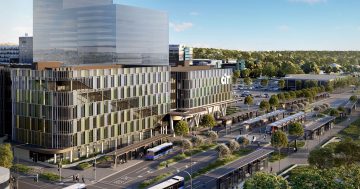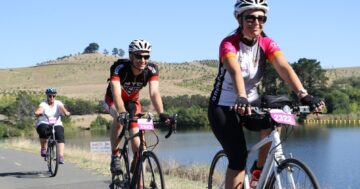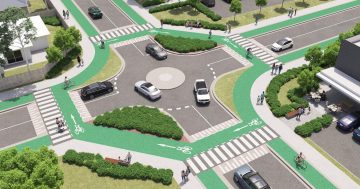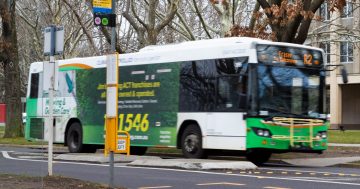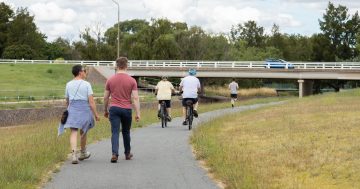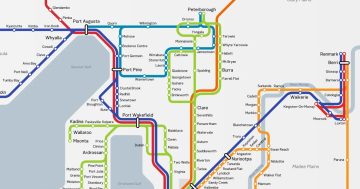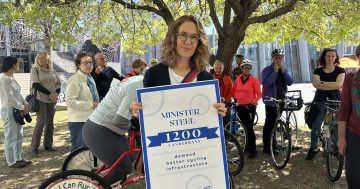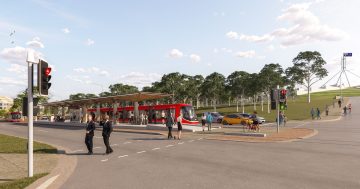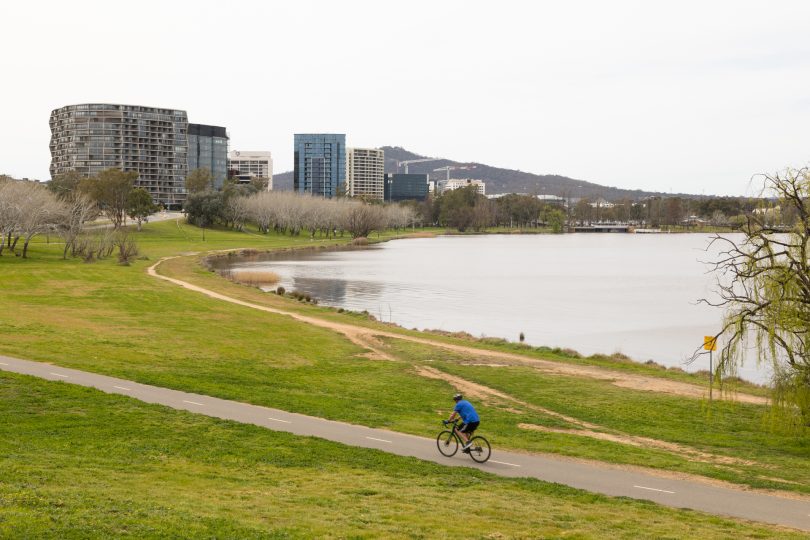
Not many people cycle to work in the ACT yet, but the Government wants that to change. Photo: Michelle Kroll.
The Territory Government should focus its active travel efforts on short, sub-five kilometre trips and encourage Canberrans to walk or cycle around their own suburbs, says the Public Transport Association of Canberra (PTCBR).
The association calls these short journeys “low-hanging fruit” and they want the Government to update suburban “collector” streets so it’s easier to cycle or walk to the local shops or schools.
Collector streets are larger roads that feed cars out of a suburb onto an arterial road and are often home to destinations like shops and sporting facilities.
Examples include Murranji Street in Hawker, Knox Street in Watson and Nemarang Crescent in Waramanga.
“[Those streets] are engineered for car traffic: they’re wide, with gentle curves, and unsurprisingly, cars drive fast on them, regardless of the posted speed limit. So they are rarely inviting places to walk or ride,” the PTCBR said.
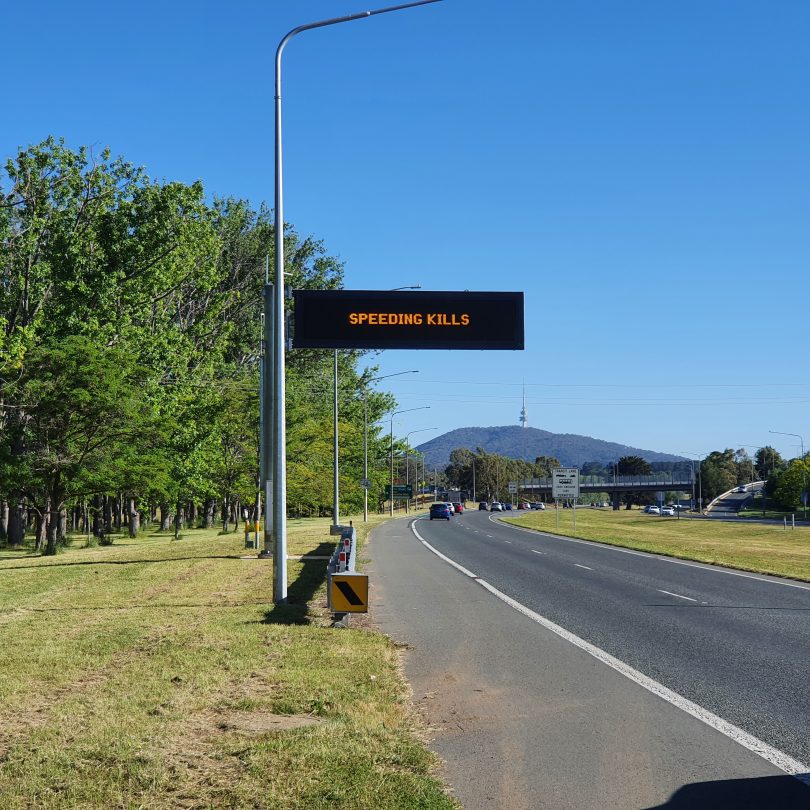
The public transport association says too much focus has been on major arterial cycling links and not enough on local ones. Photo: Region.
It says simple changes include updating and retrofitting these roads with structured parking, protected bikeways and tree plantings. It might also mean including wider verges, for example.
The association also called on the Government to focus on integrating public transport and active travel so people can switch up the way they travel on their journeys.
It’s the association’s view that people could be more easily convinced to change the way they make short trips rather than longer ones – such as driving to work. It has expressed concerns the Government has chosen to focus too much on major cycleways in a recent submission to consultation on the Government’s draft active travel plan.
“The linear routes connecting town centres look nice on a map, but they will likely only serve the small section of the population which regularly rides lengthy distances,” the association’s submission to the consultation said.
It says those longer trips could be better served by public transport.
Association chair Ryan Hemsley described the Government’s vision as exciting but said delivering the plan would be the hard part.
“Canberra already has a reasonably good network of bikeways connecting our town centres. But right now, only so many of us are willing or able to ride ten or more kilometres to work each day. It’s time now to focus on the smaller, local routes which will get people riding to school, the shops, and onto transport,” he said.
“We’re also very excited about how our established street hierarchy could be part of the solution. For example, many collector streets built during the 1960s-1980s are very wide and encourage cars to drive at excessive speeds. Some modest changes would make them safer and much more inviting places to walk and ride.”
Minister for Transport and City Services Chris Steel released the government’s draft active travel plan in July.
It contained a range of measures aimed at encouraging greater take-up of travel options such as walking, cycling, e-scootering and skateboarding.
The ACT Government will also next year consult with the community on changing the speed limit from 50 km/h to 40 km/h in suburban local streets and trial partial street closures and chicanes.
Consultation has now closed on the draft travel plan.












